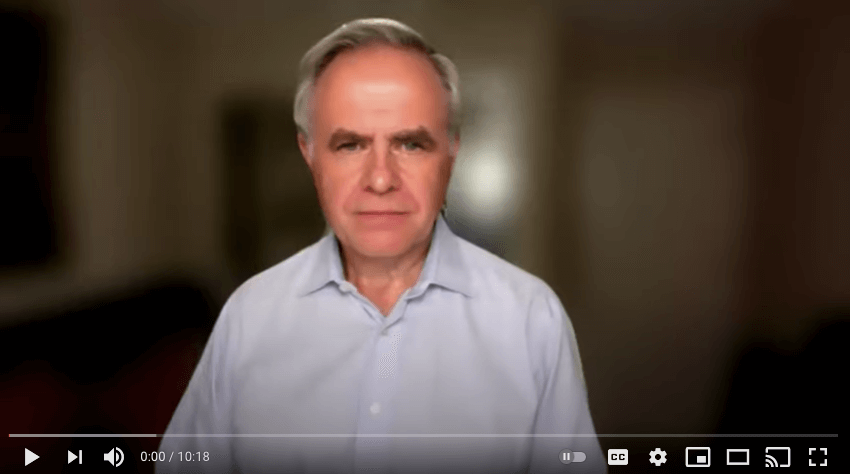Boeing’s 737 Max issues highlighted the company’s sacrifice of safety for financial performance, resulting in a tarnished reputation. The prioritization of profit over core values also damaged the FAA’s credibility and revealed a lack of accountability for top executives. This downfall serves as a reminder of the importance of maintaining core values and prioritizing them over short-term financial gains.

The Spectacular Rise and Fall of the European Super League
A Dramatic Introduction and Swift Collapse
Last week, the world of football experienced the dramatic birth and collapse of the European Super League (ESL). Living in Atlanta, the defeat reminded me of the Falcon’s 2017 Superbowl and Greg Norman’s 1986 Masters. On Sunday evening, the formation of the ESL was announced, consisting of 12 “founding clubs” from England, Spain, and Italy. Three other unnamed clubs were soon to join, along with another five teams that would qualify annually for the 20-team competition. However, within 48 hours, the ESL was dead.
Financial Motivations and American Influences
The ESL was introduced with a promise to “deliver excitement and drama never seen before in football,” and it surely delivered, albeit not in the way they had intended. The main motivation behind the formation of the ESL was money. The fifteen founding clubs were guaranteed a place every year, bypassing the need for qualification and relegation and enabling them to secure a larger share of revenues with less risk. Broadcasting rights were expected to generate €4bn annually, nearly double the €2.4bn brought in by the Champions League in the 2018-19 season.
The American sports industry is known for its effective money-producing cartels. Professional sports leagues in the United States act as monopoly-like structures that distribute wealth evenly among a self-selected group. These leagues ensure that teams remain in the league regardless of their performance, challenging the American ideal of meritocracy. The European model, on the other hand, is more capitalistic, with club owners taking risks and investing in the potential for rewards. The ESL sought to impose an American-style cartel on European football to reduce risk and transfer more money to the club owners, similar to the recent restructuring of Formula 1 under Liberty Media’s ownership. As Martin Baumann put it, “We can sell just about anything to the Europeans. Why not our hyper-capitalistic cartel-based pro sports system?”
Hubris, Value Creation, and Fan Backlash
Hubris
The collapse of the ESL can be attributed to hubris. The founders neglected the sport’s business model and Ben Horowitz’s sage advice, “Take care of the People, the Products, and the Profits— IN THAT ORDER.” Their arrogance led them to believe that they could easily impose the American sports system on European clubs without considering the cultural differences and deep-rooted traditions. This hubris resulted in the creation of a league that generated widespread contempt, proving that the incompetence of a few powerful individuals should never be underestimated.
Value Creation
The league’s criteria were not based on being the best in Europe but rather on the wealth of the owners, leading to a lack of value creation. The ESL claimed to be an exhibition of elite football, but without the need for qualification, teams would not have had to try very hard, reducing the value of the competition. Furthermore, the selection of clubs based on their owners’ wealth undermined the very essence of what it means to be the best in Europe. For example, Arsenal, a once-powerful club, is currently struggling in the Premier League and would not have been considered one of Europe’s top teams based on their on-field performance. The ESL destroyed any pretense of value creation by focusing on wealth instead of merit.
Fan Backlash
The European model places emphasis on the fans, the players, and the managers, with club success being the primary focus. The ESL completely disregarded this fundamental aspect of European football, leading to fierce backlash from fans who felt betrayed by their clubs. Protests erupted at stadiums and training grounds, with fans burning effigies of club owners and demanding change. Fans were also united in their disdain for the ESL, with a YouGov poll finding that 79% of British football fans opposed the league, and 68% of them “strongly.” This overwhelming response from fans made it clear that any league that does not prioritize the interests of its supporters is destined for failure.
Its founding members’ swift abandonment of the ESL left the American owners no choice but to follow suit.
The Aftermath and Potential Regulation
The outcome of the ESL debacle led to apologies from club owners and even JP Morgan, who underwrote the league’s formation. However, the real threat now lies in regulation. The British government has launched a review into how football is run, and there is pressure for British clubs to adopt the German community-ownership model, where fans own 51 percent of the club.
As the dust settles, it is clear that football is anything but boring.
Copyright (c) 2021 Marc A. Borrelli
Recent Posts
The Downfall of Boeing: A Lesson in Core Values
Resolutions, Here We Go Again.
In reflecting on 2021 resolutions, the author scored themselves in three categories and sought to improve success in 2022 by addressing friction points. Drawing on advice from social psychologist Wendy Wood, the author identified areas to reduce or increase friction in their failed resolutions. By making these adjustments, the author aims to enhance their goal achievement and encourages others to consider friction when setting resolutions.
You need to take an extended vacation. No, seriously, you do.
COVID has taken a toll on all of us. If you have not taken an extended vacation in a while where you disconnect, you need to now. You and your business will benefit.
Becoming Famous in Your Niche: The Success Story of Linn Products Limited
In a previous discussion, I highlighted the importance of being famous for something. Being well-known in your niche can help you: Concentrate on your strengths Connect with your target audience Communicate your offerings more effectively Receive referrals Identify...
Understanding and Optimizing Your Cash Conversion Cycle
Understanding and optimizing the Cash Conversion Cycle is crucial for business growth, as it impacts cash flow and the ability to access external capital. This cycle consists of four components: Sales, Make/Production & Inventory, Delivery, and Billing and Payments. To improve the Cash Conversion Cycle, companies can eliminate mistakes, shorten cycle times, and revamp their business models.
Discovering Your Niche: Why You Need to Be Famous for Something
As an entrepreneur, it’s crucial to specialize in a specific area and become famous for something, allowing you to generate referrals and build your brand. Understanding the “job” you’re hired for helps you stand out in the marketplace and communicate your value proposition effectively. By providing value to your clients, you can adopt a value-based pricing approach, ensuring your business remains competitive and maintains a strong market presence.
Rethinking Your Pricing Model: Maximizing Margins and Providing Value
Rethink your pricing model by focusing on the value you provide and your customers’ Best Alternative To a Negotiated Agreement (BATNA). This approach can help you maximize margins while delivering better value to your clients. Assess your offerings and brainstorm with your team to identify pricing adjustment opportunities or eliminate commodity products or services.
Do you know your Profit per X to drive dramatic growth?
I recently facilitated a workshop with several CEOs where we worked on the dramatic business growth model components. One of the questions that I had asked them beforehand was, "What is Your Profit/X?" The results showed that there this concept is not clear to many....
The War for Talent: 5 Ways to Attract the Best Employees
In today’s War for Talent, attracting the best employees requires a focus on value creation, core customer, brand promise, and value delivery. Clearly articulate your company’s mission, identify your “core employee” based on shared values, and offer more than just a salary to stand out as an employer. Utilize employee satisfaction metrics and showcase your company’s commitment to its workforce on your website to make a strong impression on potential candidates.
Are you killing your firm’s WFH productivity?
Productivity remained during WFH with COVID. However, further analysis found that hourly productivity fell and was compensated for by employees working more hours. What was the culprit – Meetings. Want to increase productivity, have fewer meetings.
















